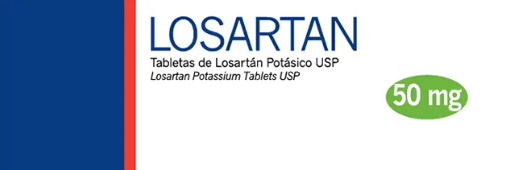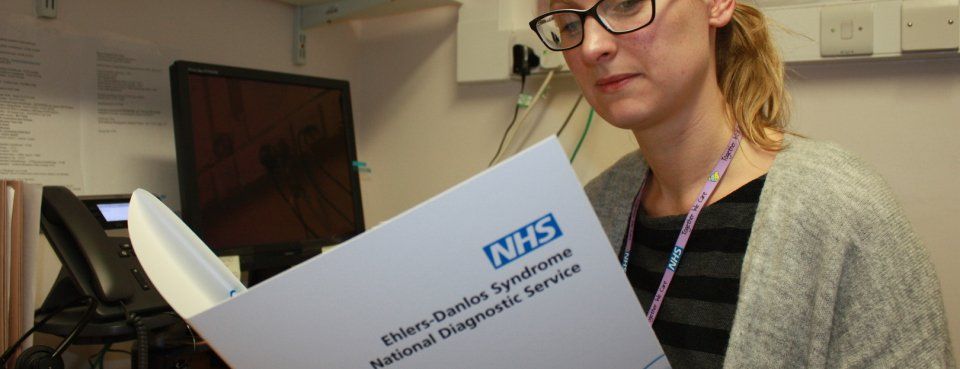Drug Therapy
Beta-Blockers (BB)
Beta blockers work mainly by slowing down the heart. They do this by blocking the action of hormones like adrenaline. Beta blockers usually come as tablets.
Commonly used beta blockers in patients with vascular EDS include bisoprolol, celiprolol, atenolol, metoprolol, propranolol and others.

Angiotension Receptor Blockers (ARBs)
Angiotensin receptor blockers (ARBs), also known as angiotensin II receptor antagonists, are used to treat high blood pressure.
These medications relax the blood vessels to allow the blood to flow easily, reducing the workload of your heart and make it easier for your heart to pump blood around your body.
Commonly used ARB's in patients with vascular EDS include losartan, irbesartan and others.
Publication

Current Evidence and Future Perspectives in the Medical Management of Vascular Ehlers–Danlos Syndrome: Focus on Vascular Prevention.
Abstract:
Vascular Ehlers–Danlos syndrome (vEDS) is a rare autosomal dominant connective tissue disease resulting from pathogenic variants in the collagen type III alpha 1 chain (COL3A1) gene, encoding type III procollagen. Patients with vEDS present with severe tissue fragility that can result in arterial aneurysm, dissection, or rupture, especially of medium-caliber vessels.
Although early reports have indicated a very high mortality rate in affected patients, with an estimated median survival of around 50 years, recent times have seen a remarkable improvement in outcomes in this population.
This shift could be related to greater awareness of the disease among patients and physicians, with improved management both in terms of follow-up and treatment of complications. Increasing use of drugs acting on the cardiovascular system may also have contributed to this improvement. In particular, celiprolol, a β1 cardio-selective blocker with a β2-agonist vasodilator effect, has been shown to reduce rates of vascular events in patients with vEDS. However, the evidence on the true benefits and possible mechanisms responsible for the protective effect of celiprolol in this specific setting remains limited.
Drugs targeting the extracellular matrix organization and autophagy–lysosome pathways are currently under investigation and could play a role in the future.
This narrative review aims to summarize current evidence and future perspectives on vEDS medical treatment, with a specific focus on vascular prevention.








